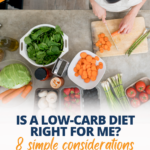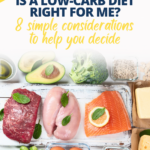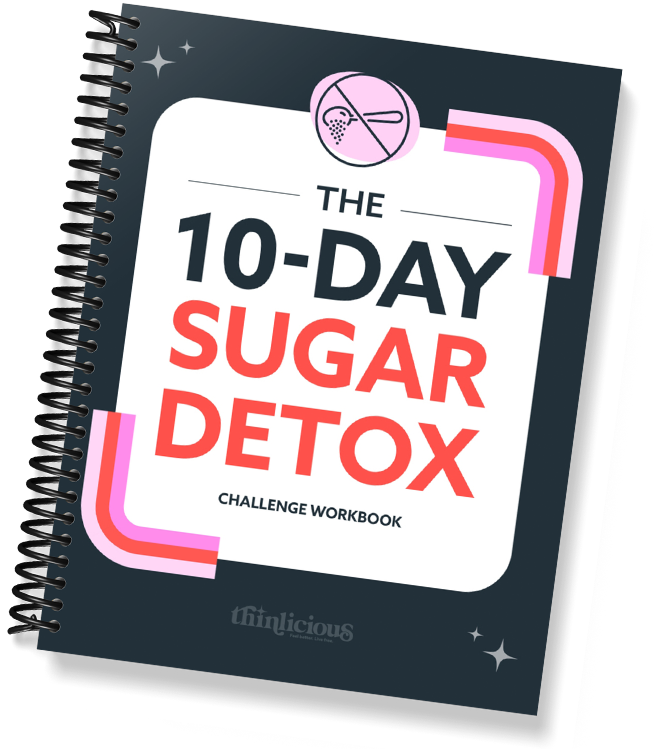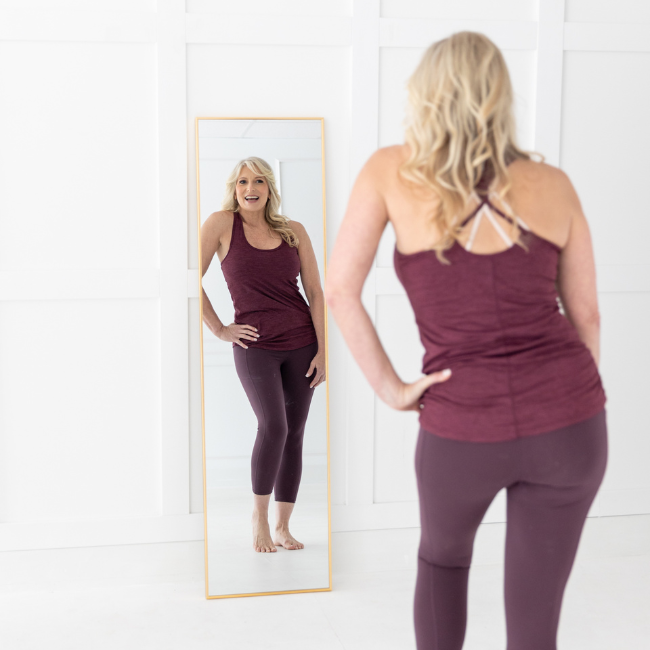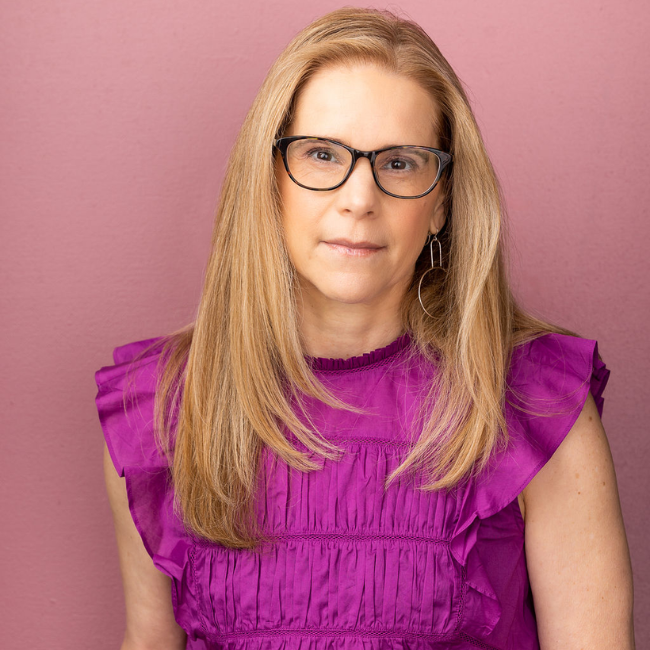You’ve heard about how healthy low-carb is, but if you’re still wondering if a low-carb diet is right for you, keep reading!
Is cutting carbs healthy? How will I feel? Will I be able to stick to it?
Almost everyone asks these questions before they start eating a low-carb diet.
In this guide, we’ll dig deeper into the biggest 8 things you should think about before you overhaul your fridge and eating habits.
Are you ready to lose weight and heal your body for life (without dieting, drugs, or making yourself miserable)?

Our free on-demand video training will walk you through how to make this THE year you set health goals…and keep them.

Ready For Low-Carb?
Are you really ready to change your life? Are you ready to feel more energy, less hungry, and finally lose weight?
As you start wondering if a low-carb diet is right for you, run through the following things to decide if this is the plan for you.
1. Current Eating Habits
What types of food are you eating right now? If the answer is “lots of carbs and sugar,” then the transition might be bumpy, but you’ll feel so much better after you become Thin Adapted!
Processed foods, sugary snacks, and refined carbs can all lead to weight gain, insulin resistance, and other health problems.
If you’re actually used to eating whole foods with meat, fruit, and veggies, then it won’t be as drastic of a shift, and you’ll experience the benefits of low-carb faster.
2. Health Goals
What are you hoping to achieve by switching to a low-carb or keto diet?
Are you looking to lose weight? Improve your energy levels? Reduce your risk of chronic disease? To feel a certain way?
Are you looking to become more healthy in general? Are you wanting to find discipline in your eating habits?
If you’re not sure what your goals are, that’s okay! Just take some time to think about why you’re considering making the switch. When you know the “why” of what you want to accomplish, it will be easier to stick to any lifestyle changes over the long run.
3. Activity Levels
Are you sedentary, moderately active, or very active?
Understanding your activity levels will prepare you for how many macros to eat and what kind of weight loss to expect.
In fact, as your body becomes Thin Adapted, it becomes more efficient at burning fat for fuel and energy. You shouldn’t have to exhaust yourself at the gym just to lose a few pounds.
It’s important to consider your activity level before starting a low-carb or keto diet. Make sure that you’re getting enough carbs to support your activity level.
4. Your Lifestyle
Before you start a low-carb diet, you also need to look at your current lifestyle – how busy you are, whether you cook at home, on the go, or if you travel a lot.
It’s possible to follow a low-carb eating plan and still lose weight, even when you’re busy. You have to be intentional and plan ahead.
Eating keto on the go means buying portable high-protein snacks. Sticking to a low-carb diet at Disney World is possible, too; you have to make the right choices.
If you’re too busy to meal plan, then you’re in luck! The 28-Day Metabolism Reset has the recipes and meal plan for you!

5. Your Mindset
Are you stuck in the diet mentality? It’s the one where you look at some food as “bad” and maybe even worry about calories and how much you’ll have to exercise to “burn off” the food you ate.
This mindset is everywhere – and you’ll have to revamp how you look at food when you eat low-carb.
Food is fuel. On Thinlicious, we don’t count calories. Instead, we track macronutrients to train our bodies to burn fat for energy instead of sugar and carbs.
6. Health Conditions
Let’s talk about your health. Do you have diabetes? Gastrointestinal issues? Are you already restricting other foods?
If you have chronic health conditions, you must speak with your doctor or a registered dietician before starting a low-carb or keto diet. These experts can provide solid information on how a low-carb diet may impact your health.
Even though it’s rare, some chronic health conditions can be made worse by a low-carb or keto diet. However, the good news is—for most people—a low-carb or keto diet is safe and can actually improve many chronic health conditions.
7. Food Preferences
Do you like meat and vegetables? Great! You’ll be happy to know that a low-carb or keto diet comprises just those two food groups. Here are a few examples of some easy and delicious low-carb meals:
- Parmesan Crusted Pork Chops
- Oven-Baked Steak & Asparagus
- Easy & Delicious Cauliflower Crust, Low-Carb Pizza
- Broccoli Cheddar Bacon Frittata
- Sweet & Savory Breakfast Casserole
Do you like sweets and carbs? That’s okay too! You can still enjoy some of your favorite foods, but you’ll need to be more intentional about your intake.
You can still have treats on a low-carb diet—you’ll need to make them yourself or find recipes for low-carb versions of your favorites. Here are a few of our favorite low-carb treats:
- Low-Carb Vanilla Cheesecake Fluff
- Chocolate Cheesecake Snack Bites
- Blueberry Cream Cheese Muffins
- Lemon Coconut Cheesecake Snack Bites
- Chocolate Peanut Butter Snack Bites
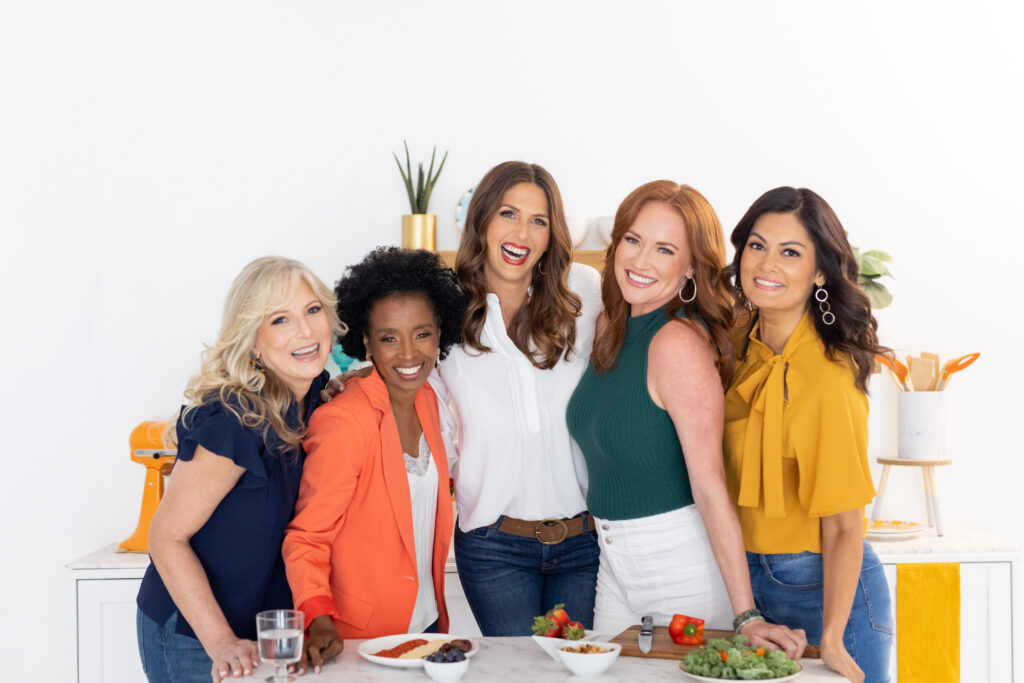
8. Support System
Lastly, let’s consider your support system.
Do you have friends or family members who are also interested in a low-carb or keto diet? If so, that’s great! You can lean on them for support. They can offer recipes, advice, and moral support when things get tough.
If you don’t have any friends or family members who are currently doing a low-carb or keto diet, that’s okay too. There are plenty of online communities full of people who are happy to help and support you on your journey.
Speaking of communities… we might be a little biased, but we have our own community on Facebook called Thinlicious™ Community | Low Carb Living and we think it’s pretty special! Our group is full of fun and encouraging women living the low-carb lifestyle. We’d love it if you joined us!
That’s it! You should consider those eight main things before starting a low-carb or keto diet. Just remember, there is no one-size-fits-all approach to nutrition. What works for one person may not work for another. Be sure to do your own research and consult with a registered dietician or doctor before making any changes to your diet.
And, as always, we’re here to help! If you’re ready to make the switch, we recommend starting with our Thinlicious 28-Day Metabolism Reset, which is designed to introduce you to the Thin-Adapted System and help you retrain the way your body burns fuel in just four weeks. Get it HERE.
PIN FOR LATER

What if you could actually take control of
your health in just 10 days?
It’s not your fault you can’t lose weight as a woman over 40 even though you’ve likely tried literally everything. Your metabolism probably feels broken and your hormones are likely all out of whack.
But you can fix it all with ONE simple change: eliminate sugar. We make it super easy with daily lessons teaching you the science behind what makes us gain weight in our midlife and beyond! Are you ready to get started now?


